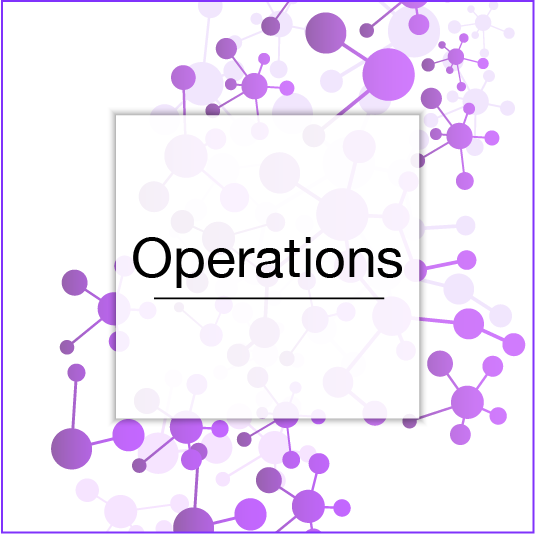
Thoracoscopic surgery or VATS is a surgical technique where internal thorax is viewed with the help of a camera and operations are performed with the least tissue damage possible. Nowadays it is often preferred in practice of thoracic surgery due to its advantages over open surgery. It is also one of the most commonly practiced surgical techniques in our clinic.
Thoracoscopic surgery can be roughly described as application of the surgical technique known as ‘closed video-surgery’ inside the thorax. VATS procedure requires one or several small incisions to be made on the thoracic wall. The thorax is then entered through these incisions using a camera called a thoracoscope and surgical instruments necessary for the surgery at hand. The camera makes it possible to visualize all aspects of the thoracic cavity on a screen. This enables the surgeon to proceed with the surgery under visual guidance. When compared to open surgery, incisions are quite smaller. Only minimal harm is inflicted on muscles supporting respiration as well, and flexing ribs is not necessary during the operation. Overall VATS is far less painful and a lot more comfortable in comparison to open surgery. Combined, all of these advantages reduce term of hospital stay and allow patients to return to their daily routines shortly after.
VATS can be practiced both for diagnostic and therapeutic purposes in thoracic surgery. It is a safe technique that can be utilized in pleural, mediastinal and many other pulmonary diseases. Many surgeries that are conducted open can be performed with VATS in a complete manner as well.
Operations often performed using the VATS technique include the following:
All advantages considered, VATS is nowadays preferred over open surgery, if possible. Some circumstances, however, may prevent VATS from being practical. Open surgeries are preferred in such cases or transition to open technique is executed during the operation. Presence of sticky material inside thorax, which occupy the space that is otherwise needed to advance a scope or surgical instruments, are particularly an obstacle. Such stickiness might have resulted from previous lung surgeries, pulmonary or intrathoracic infections or radiotherapy applied on the thorax.
In conclusion, the VATS technique is practiced with highly reliable and efficient results in current thoracic surgery practice. With its numerous advantages and capability of complete surgical intervention, it is a technique often preferred over open surgery.
The thoracoscopic technique has been frequently practiced at our clinic since its introduction to our country as well. Having worked together for over a decade, our team members undertake instructor positions at national events and training courses with their experience and knowledge in thoracoscopy.